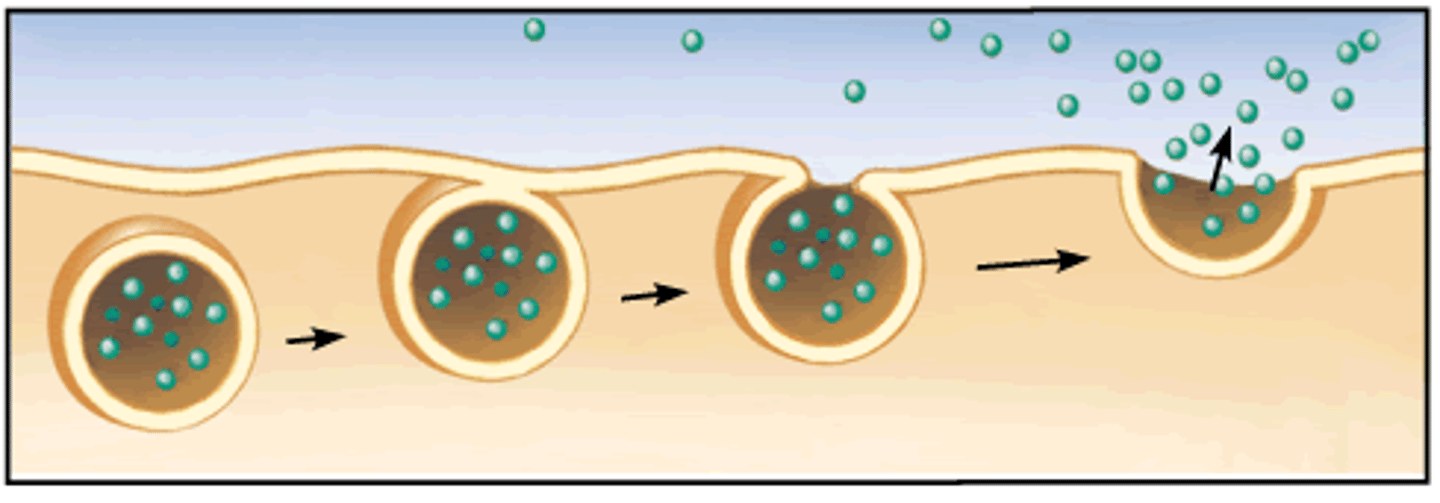Cell Transport
1/20
There's no tags or description
Looks like no tags are added yet.
Name | Mastery | Learn | Test | Matching | Spaced |
|---|
No study sessions yet.
21 Terms
passive transport
the movement of substances across a cell membrane without the use of energy by the cell
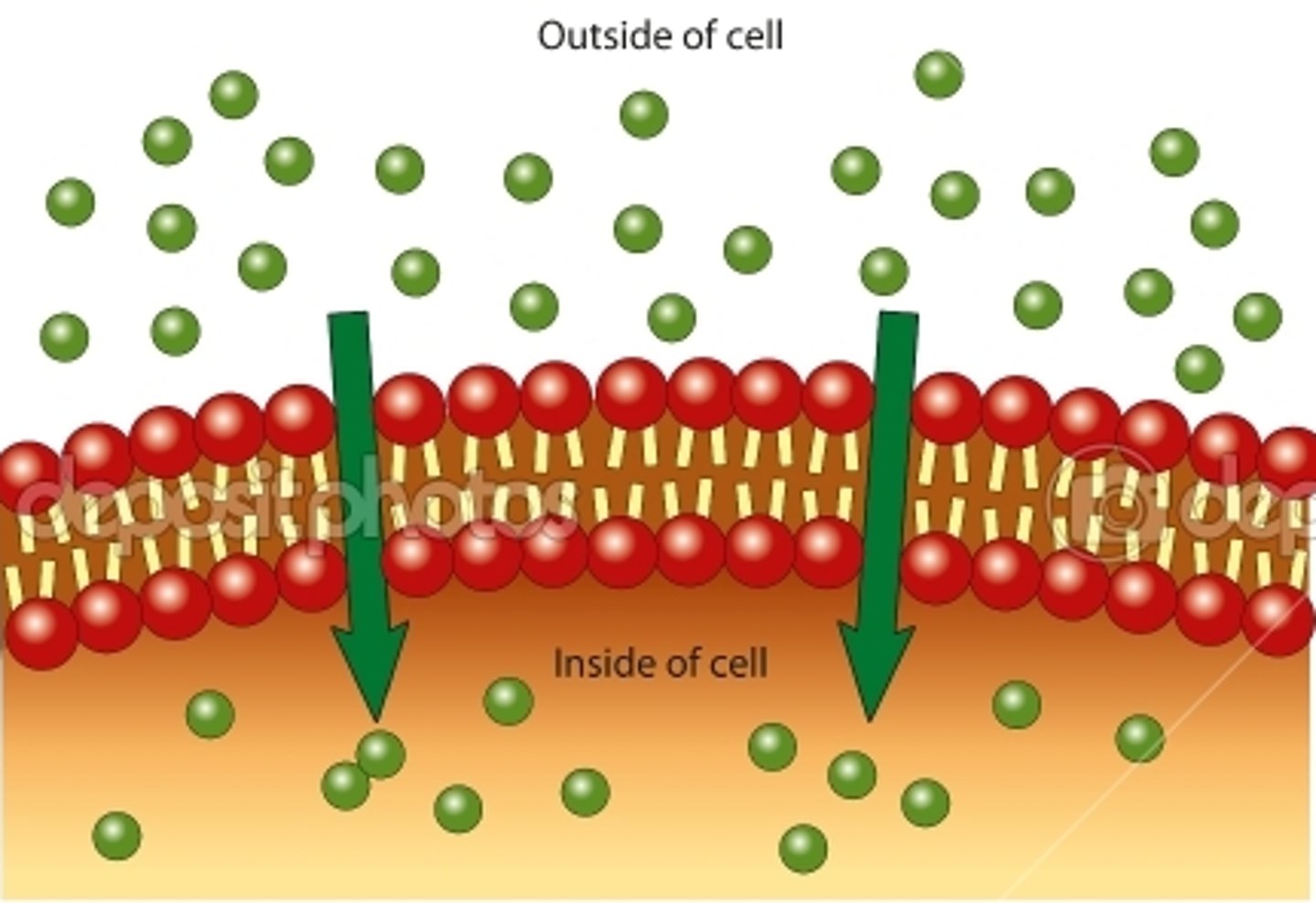
diffusion
movement of molecules from an area of higher concentration to an area of lower concentration.
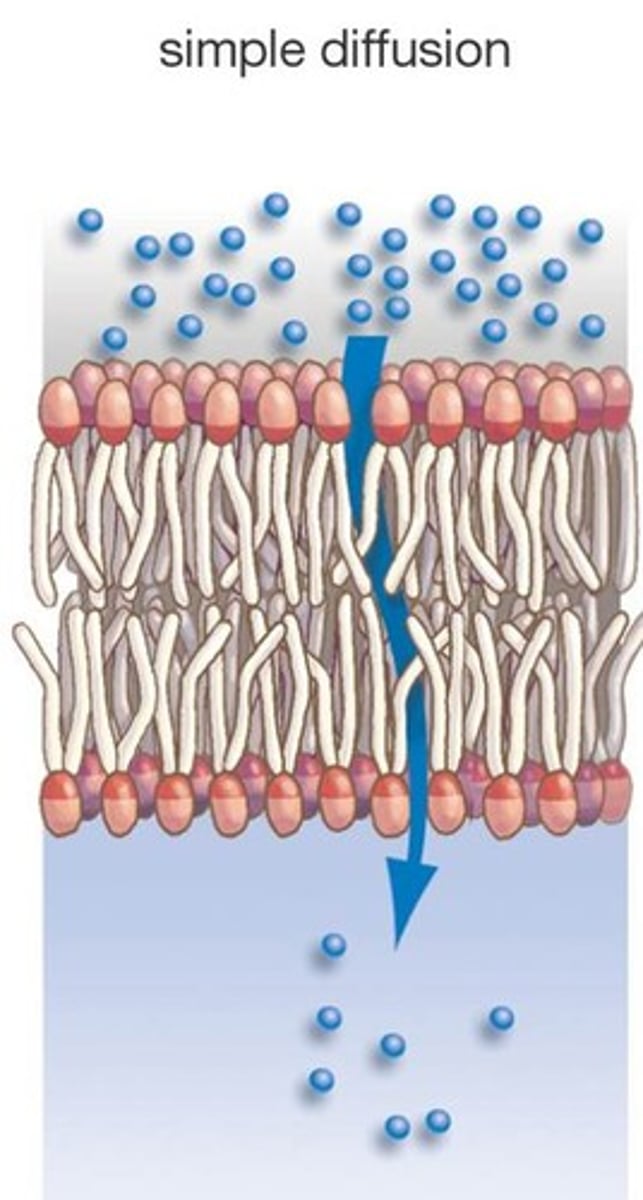
concentration gradient
the difference in the concentration of molecules across a distance.
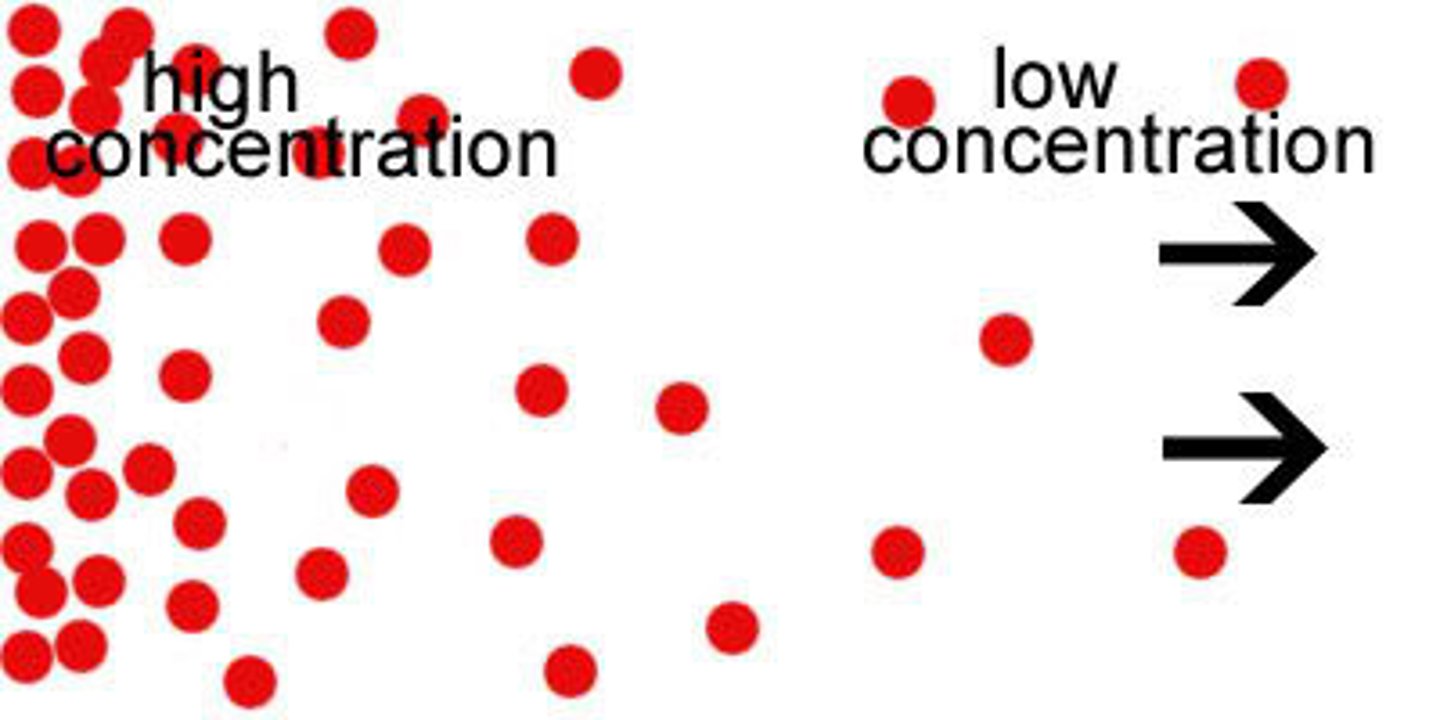
equilibrium
the concentration of molecules will be the same throughout the space the molecules occupy.
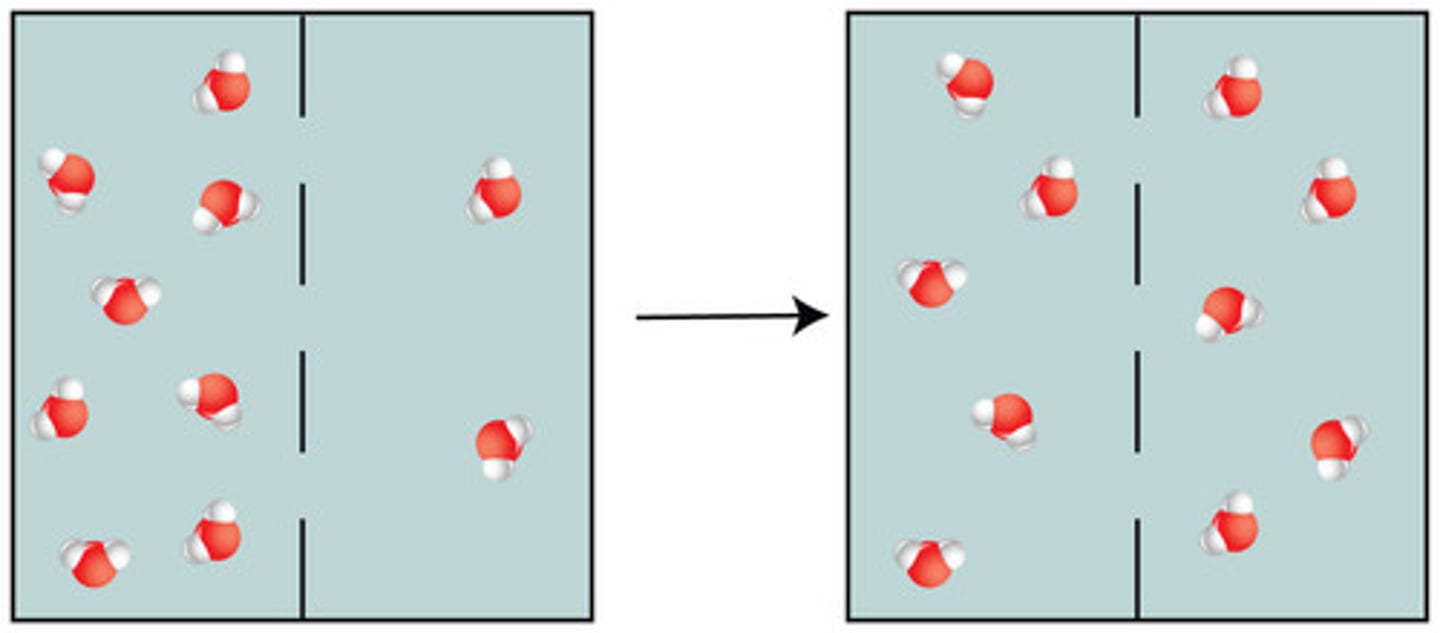
osmosis
the process by which water molecules diffuse across a cell membrane from an area of higher concentration to a area of lower concentration.
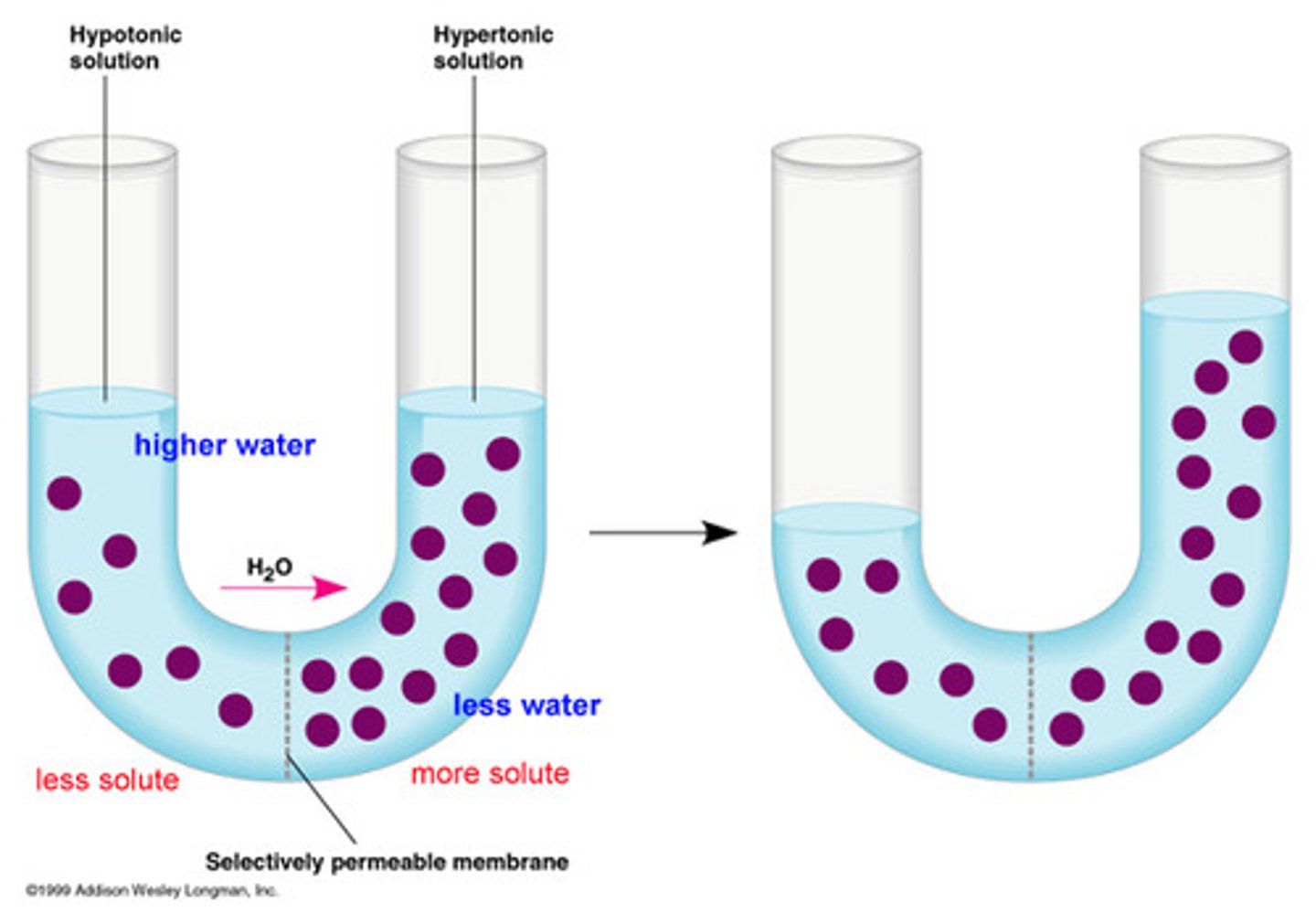
hypotonic
describes a solution whose solute concentration is lower than the solute concentration inside the cell.
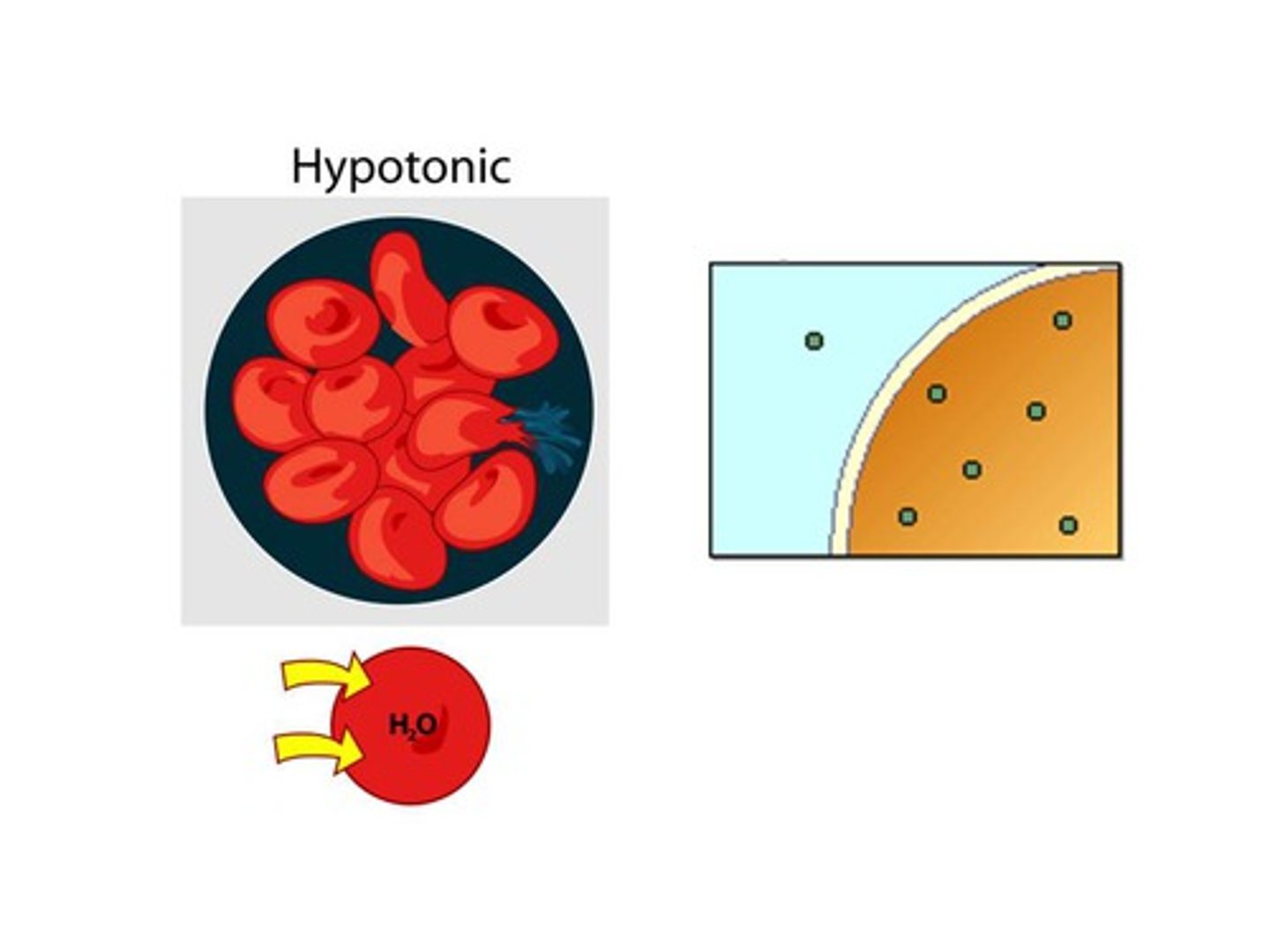
hypertonic
describes a solution whose solute concentration is higher than the solute concentration inside the cell.
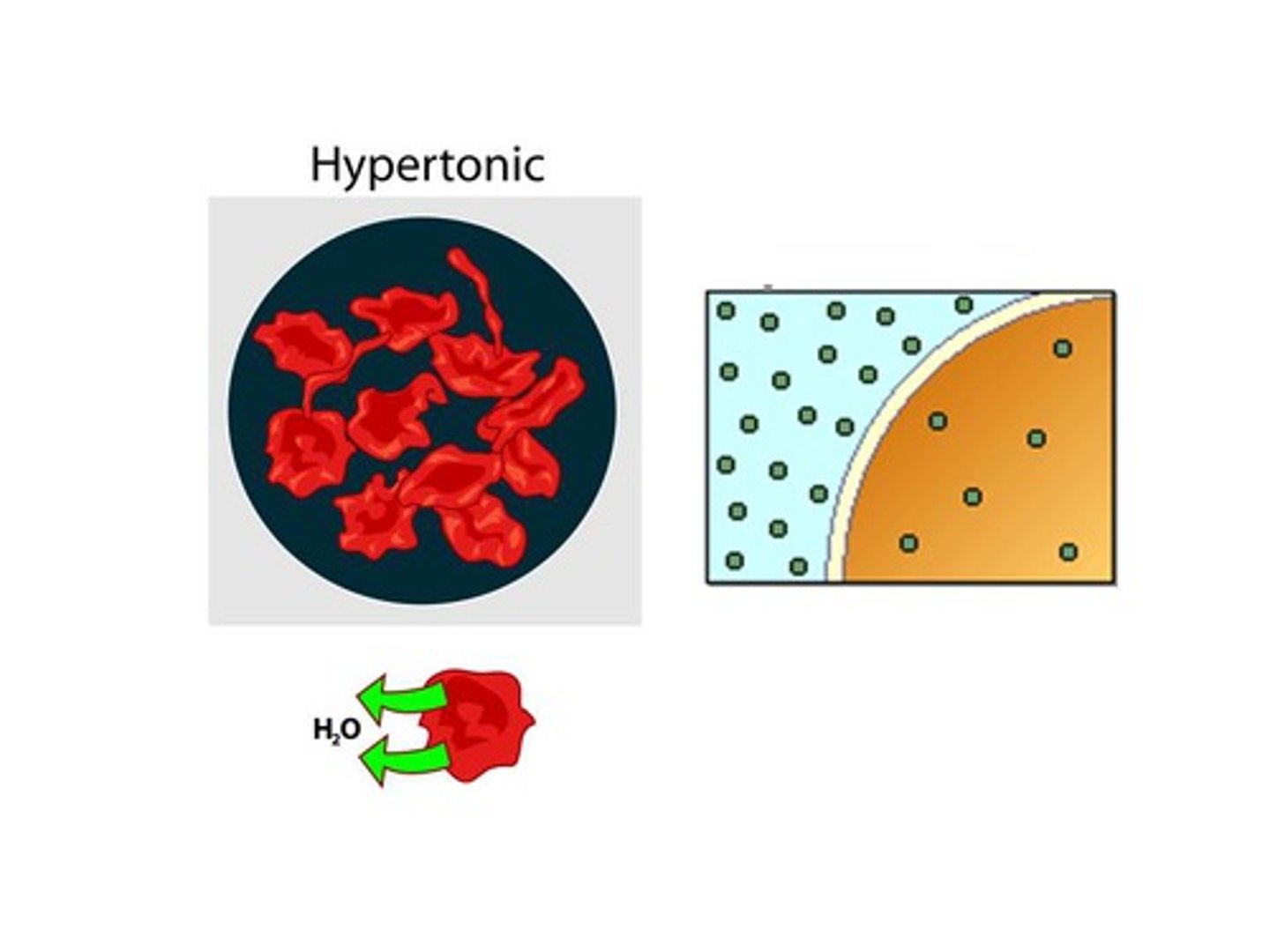
isotonic
describes a solution whose solute concentration is equal to the solute concentration inside a cell.
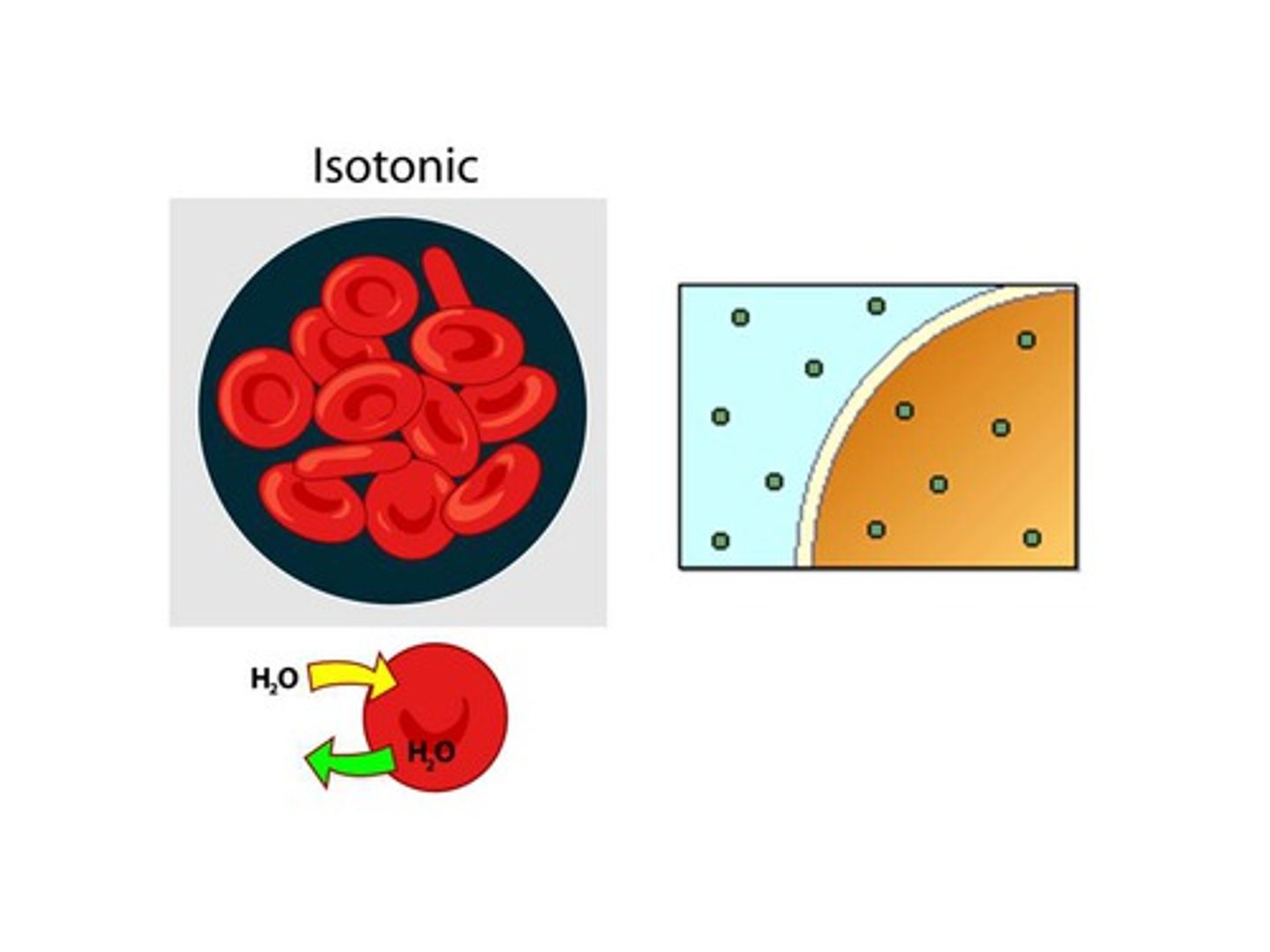
contractile vacuole
in protists, an organelle that accumulates water and then releases it periodically to maintain osmotic pressure.
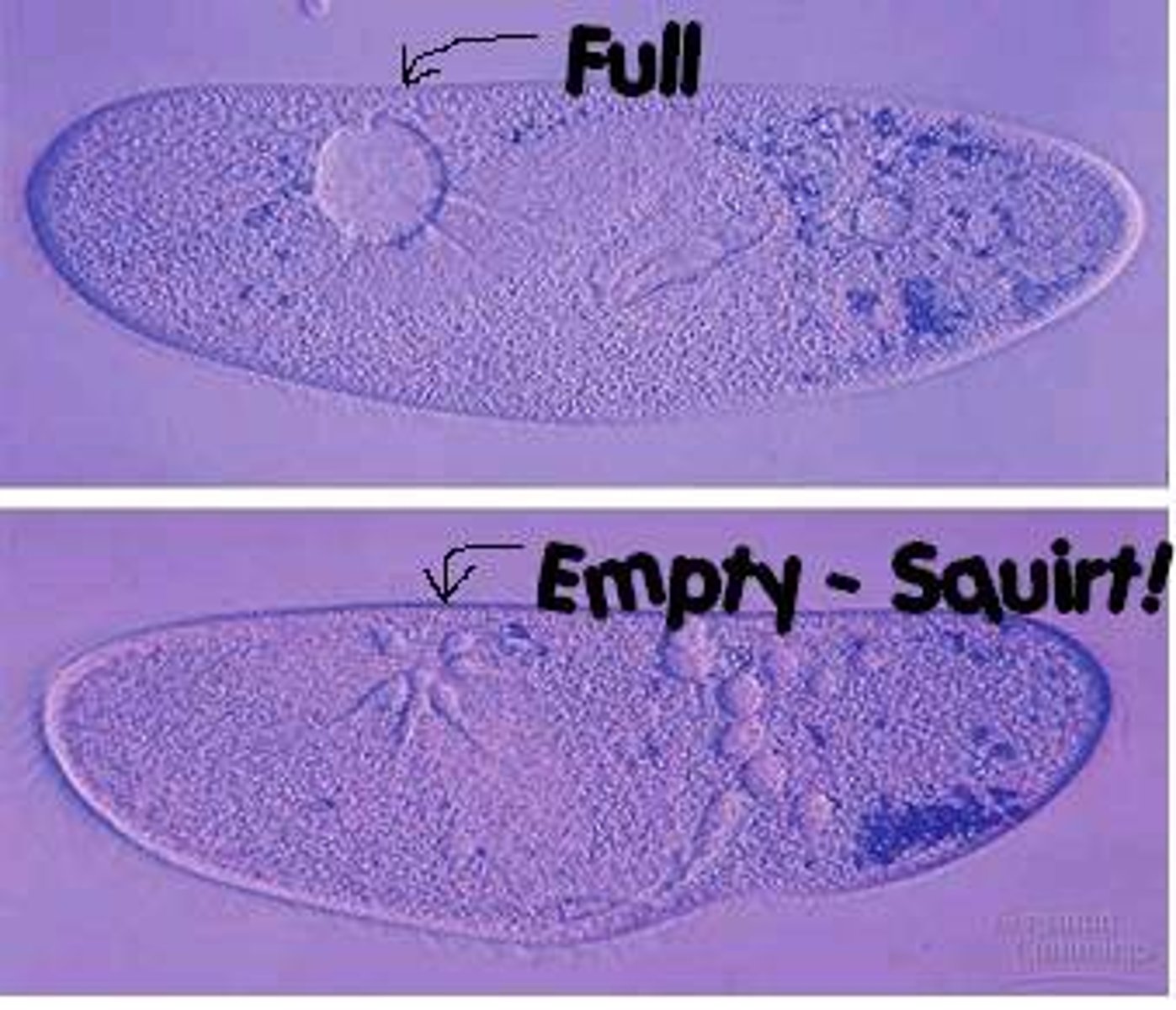
turgor pressure
the pressure that is exerted on the inside of cell walls and that is caused by the movement of water into the cell.
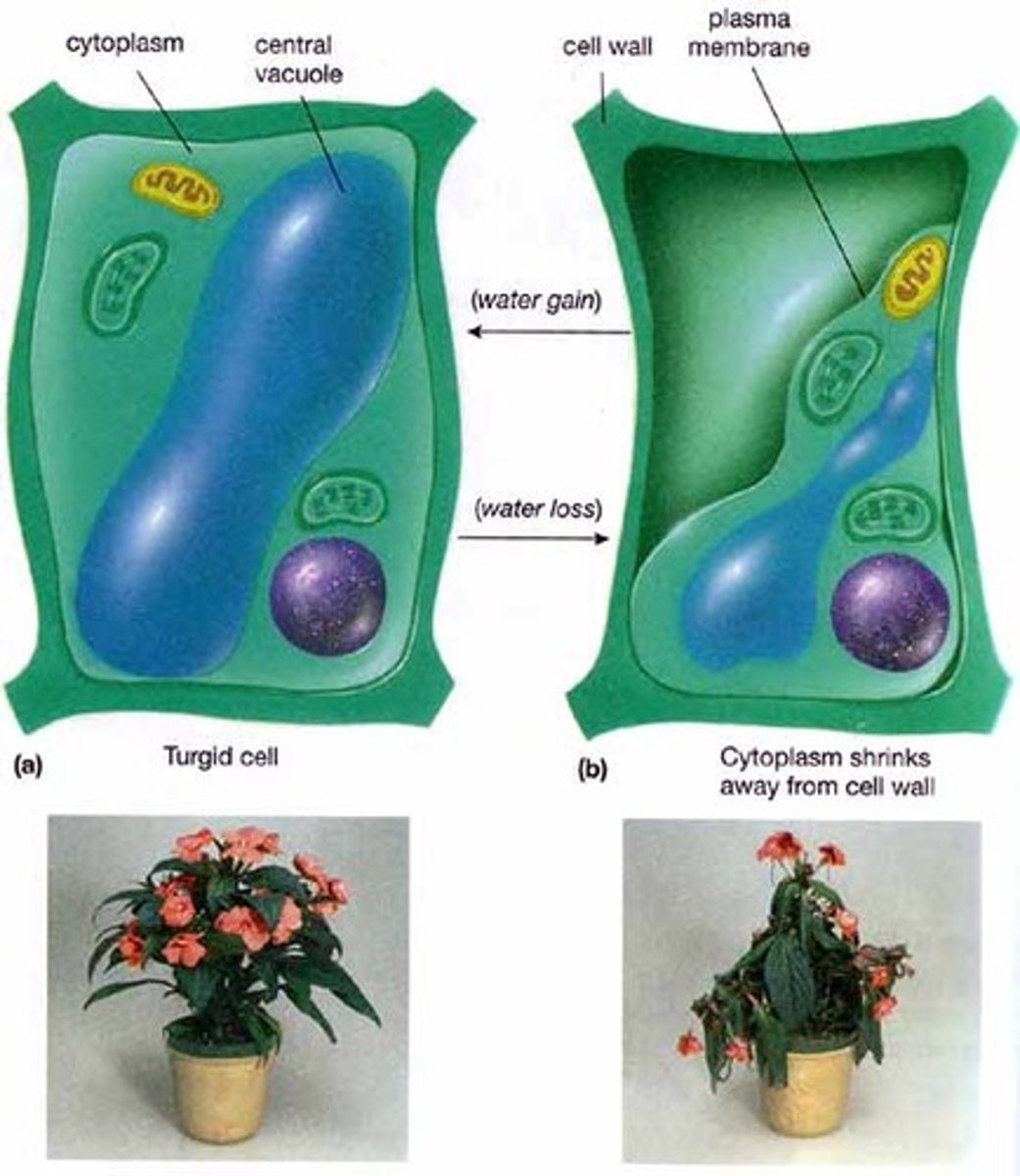
plasmolysis
the contraction or shrinking of the cell membrane of a plant cell in a hypertonic solution in response to the loss of water by osmosis.
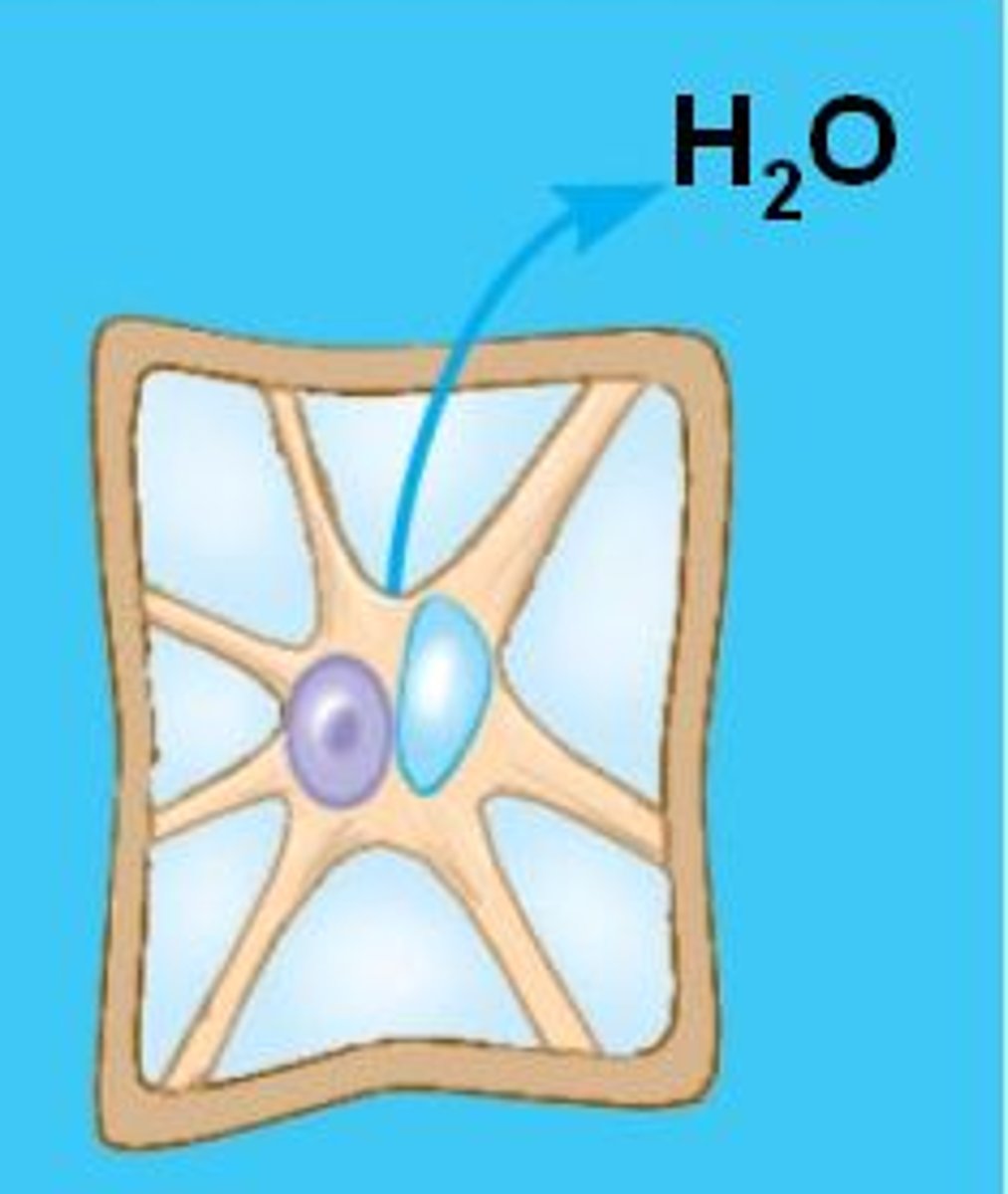
cytolysis
the bursting of a cell
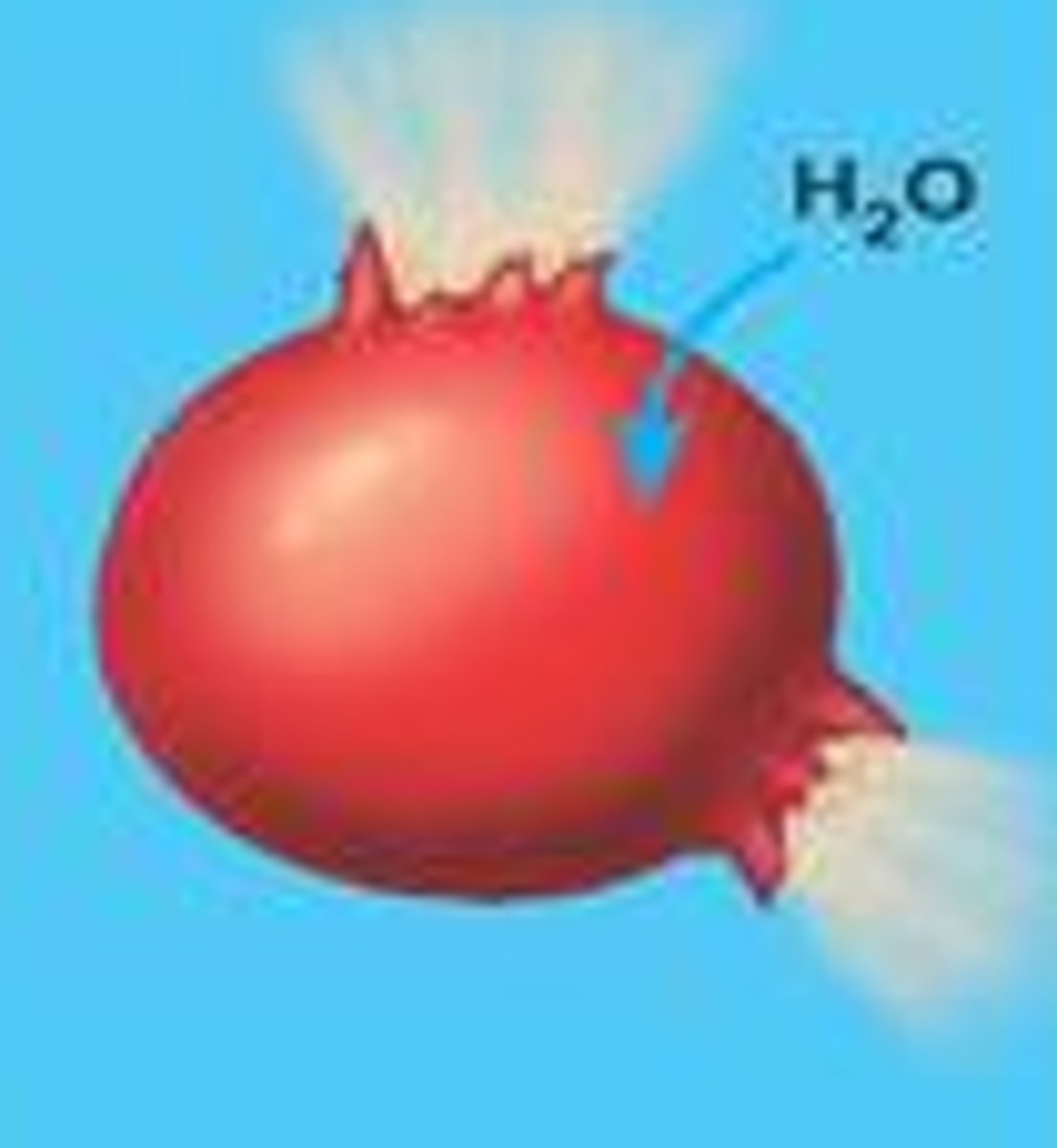
facilitated diffusion
the transport of substances through a cell membrane along a concentration gradient with the aid of carrier proteins.
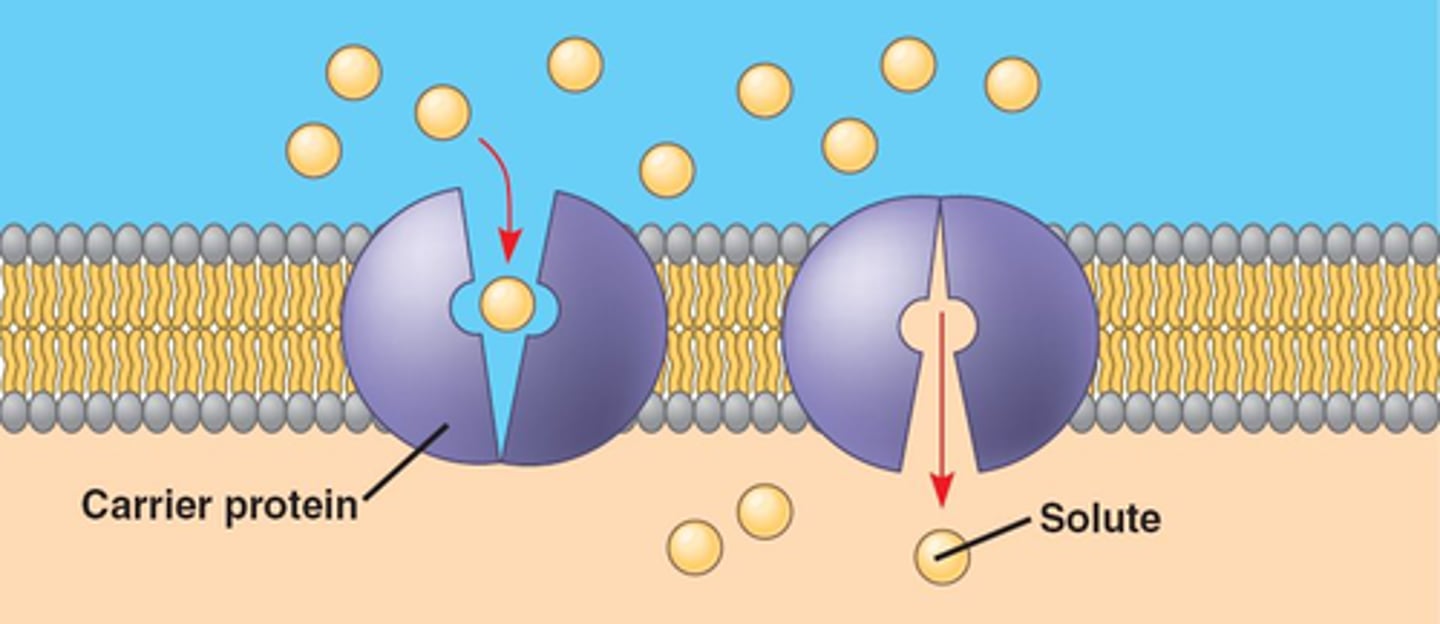
carrier protein
a protein that transports substances across a cell membrane.
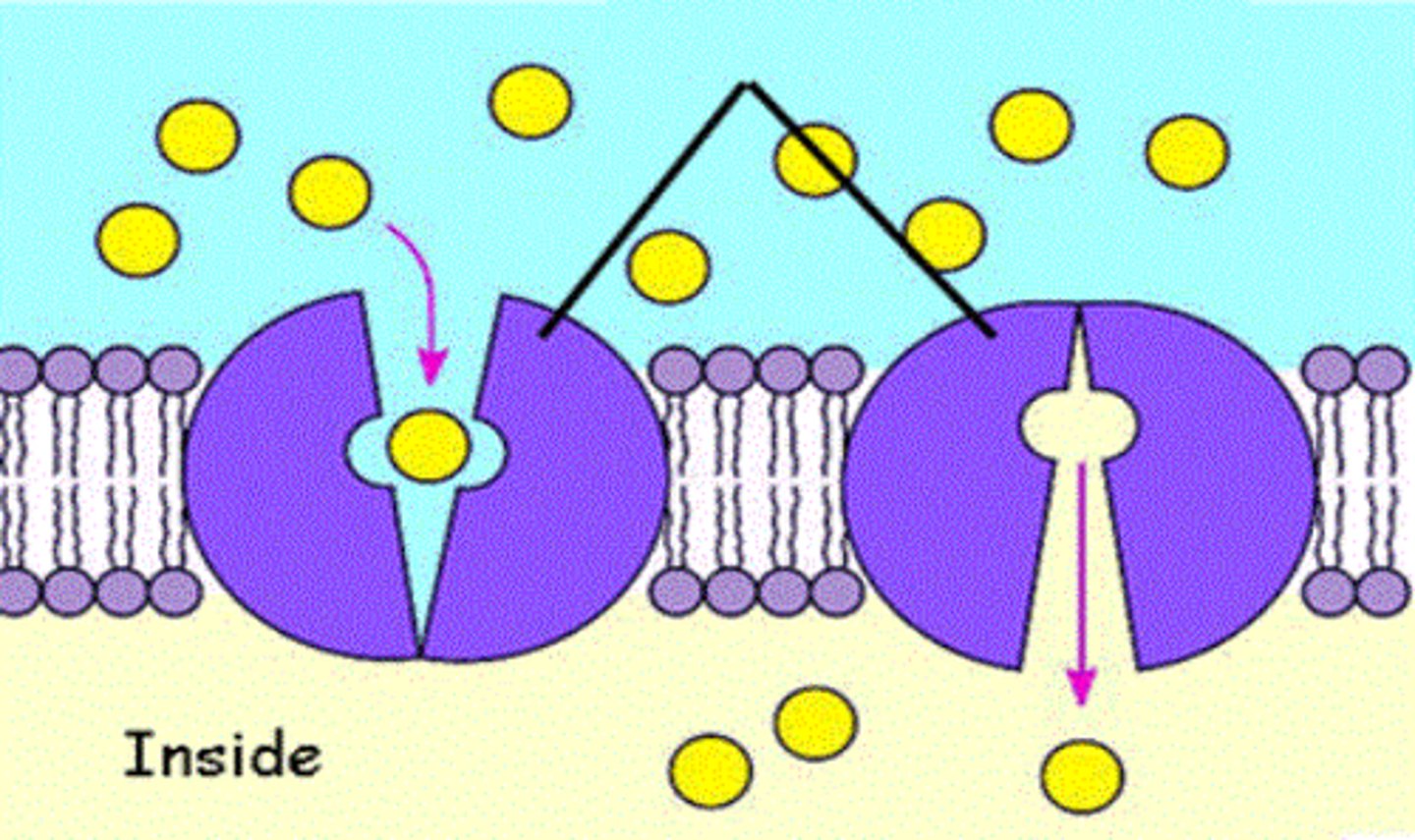
ion channel
a complex of protein molecules in a cell membrane that form a pore through which ions can pass.
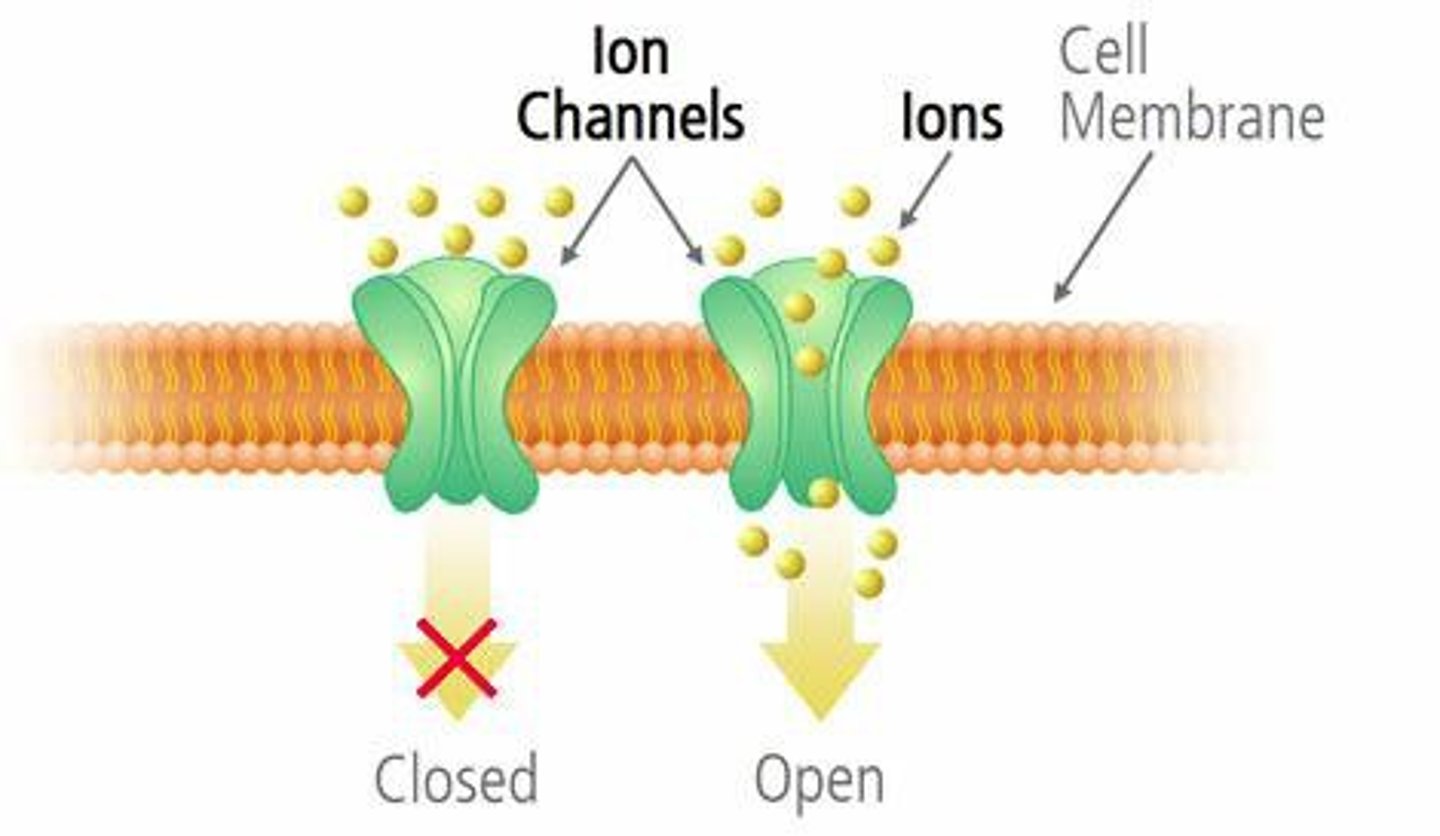
active transport
the movement of chemical substances, usually across the cell membrane, against a concentration gradient; requires cells to use energy.
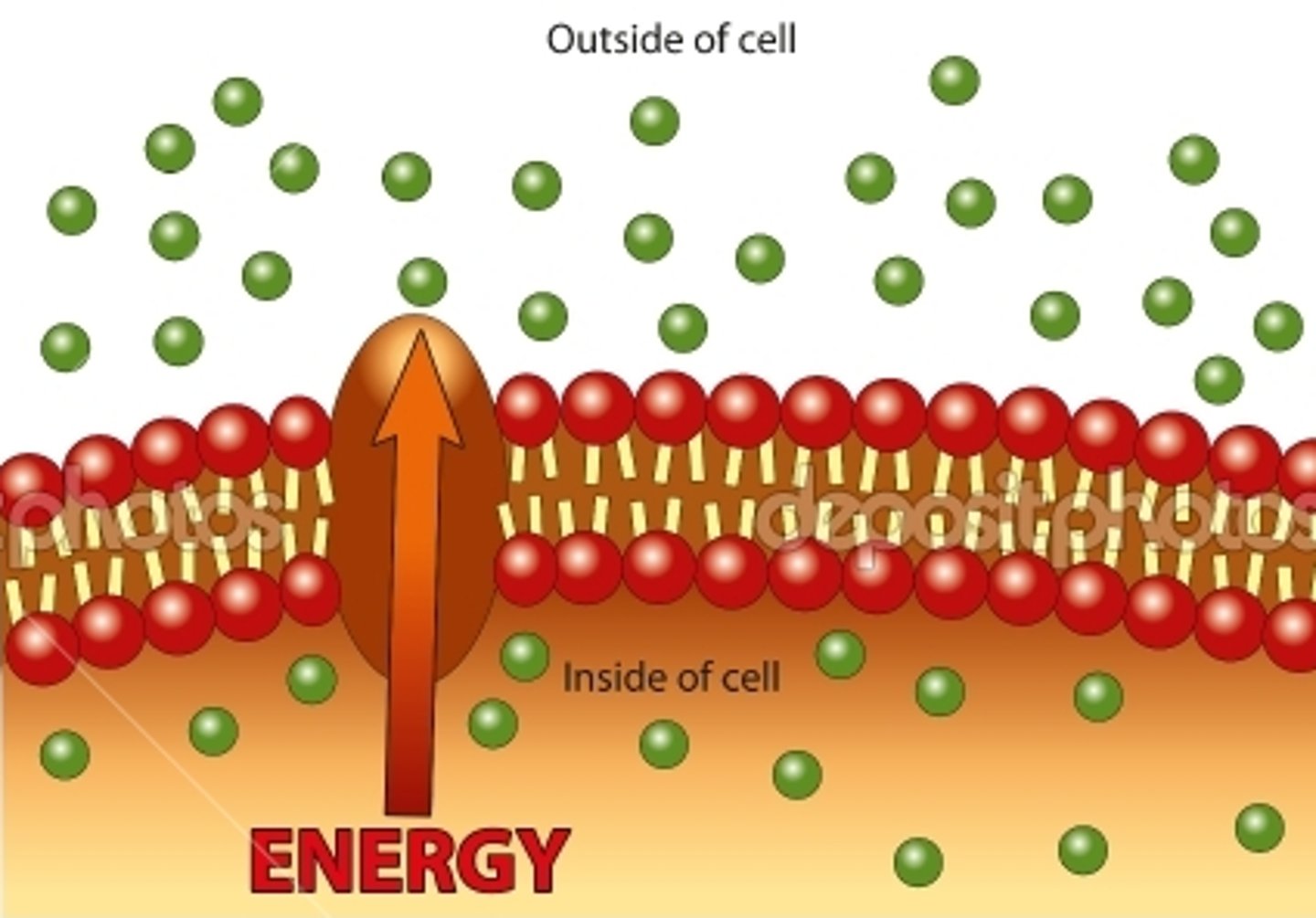
sodium-potassium pump
a carrier protein that uses ATP to actively transport sodium ions out of a cell and potassium ions into the cell.
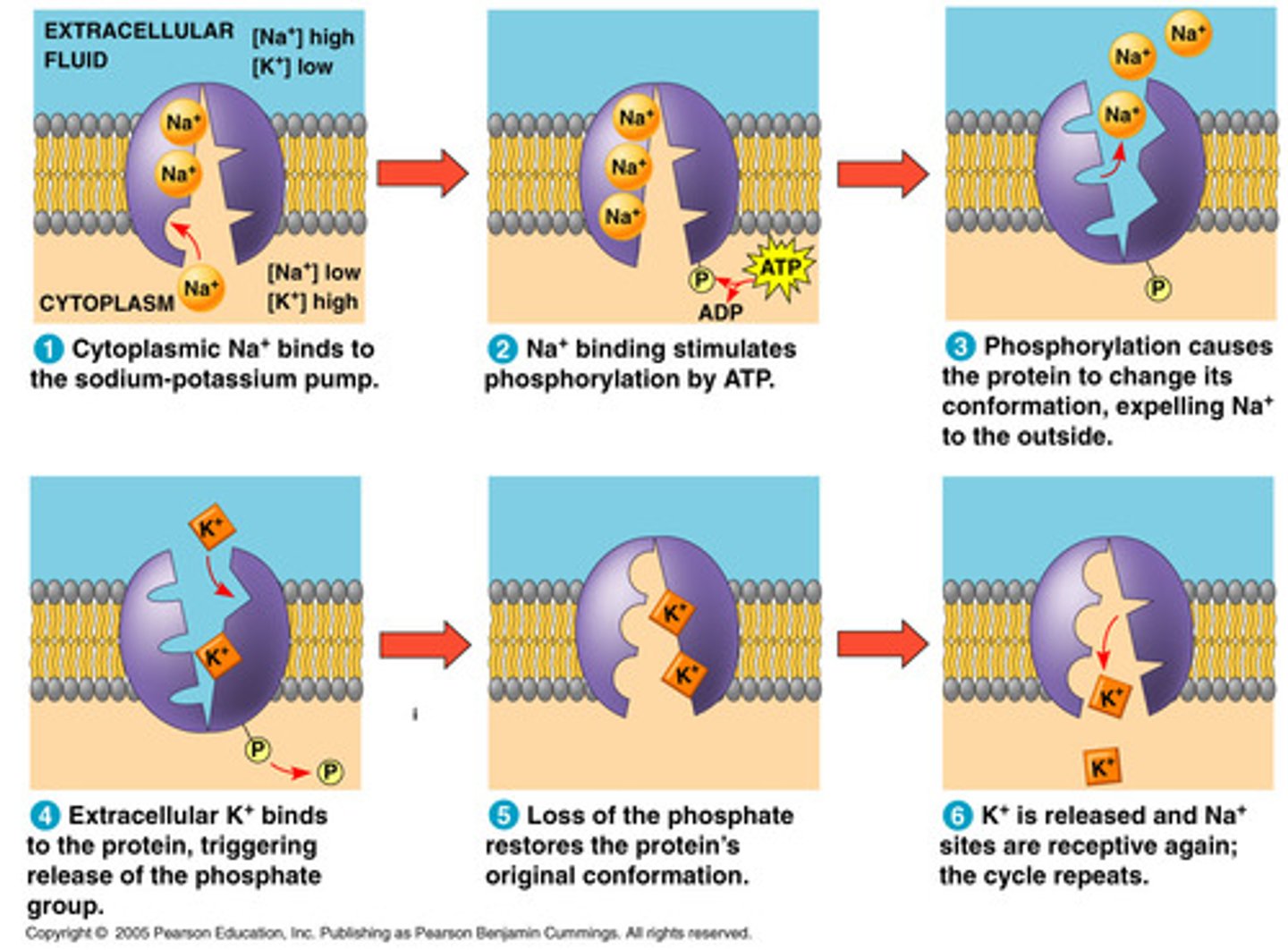
endocytosis
the process by which a cell membrane surrounds a particle and encloses the particle in a vesicle to bring the particle into the cell.
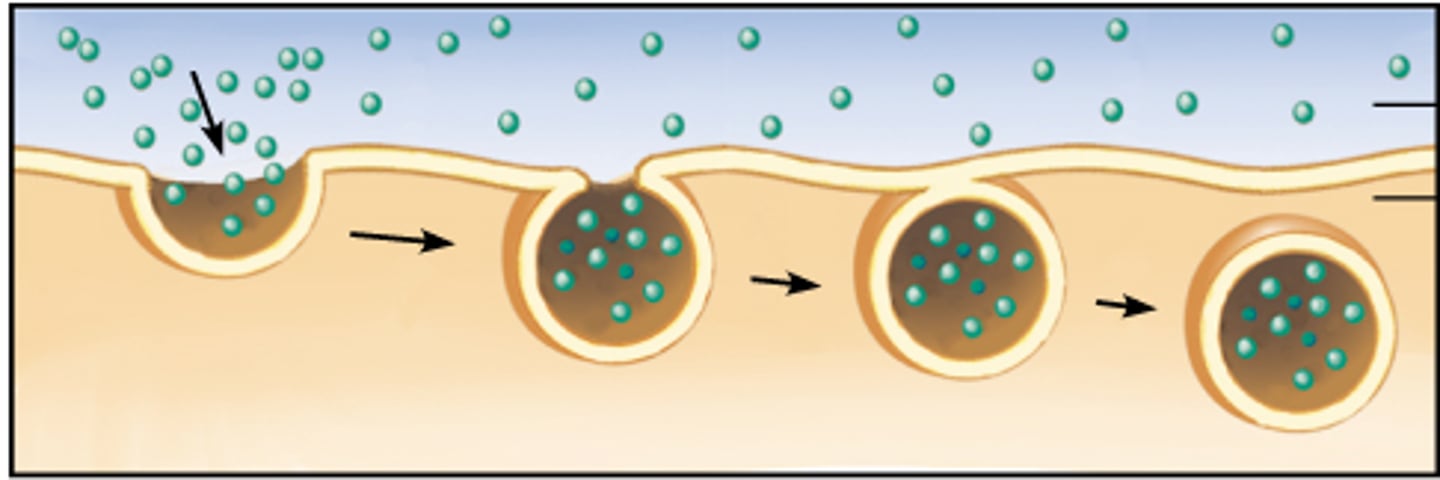
phagocytosis
the process by which a cell engulfs large particles or whole cells, either as a defense mechanism or as a means to obtain food.
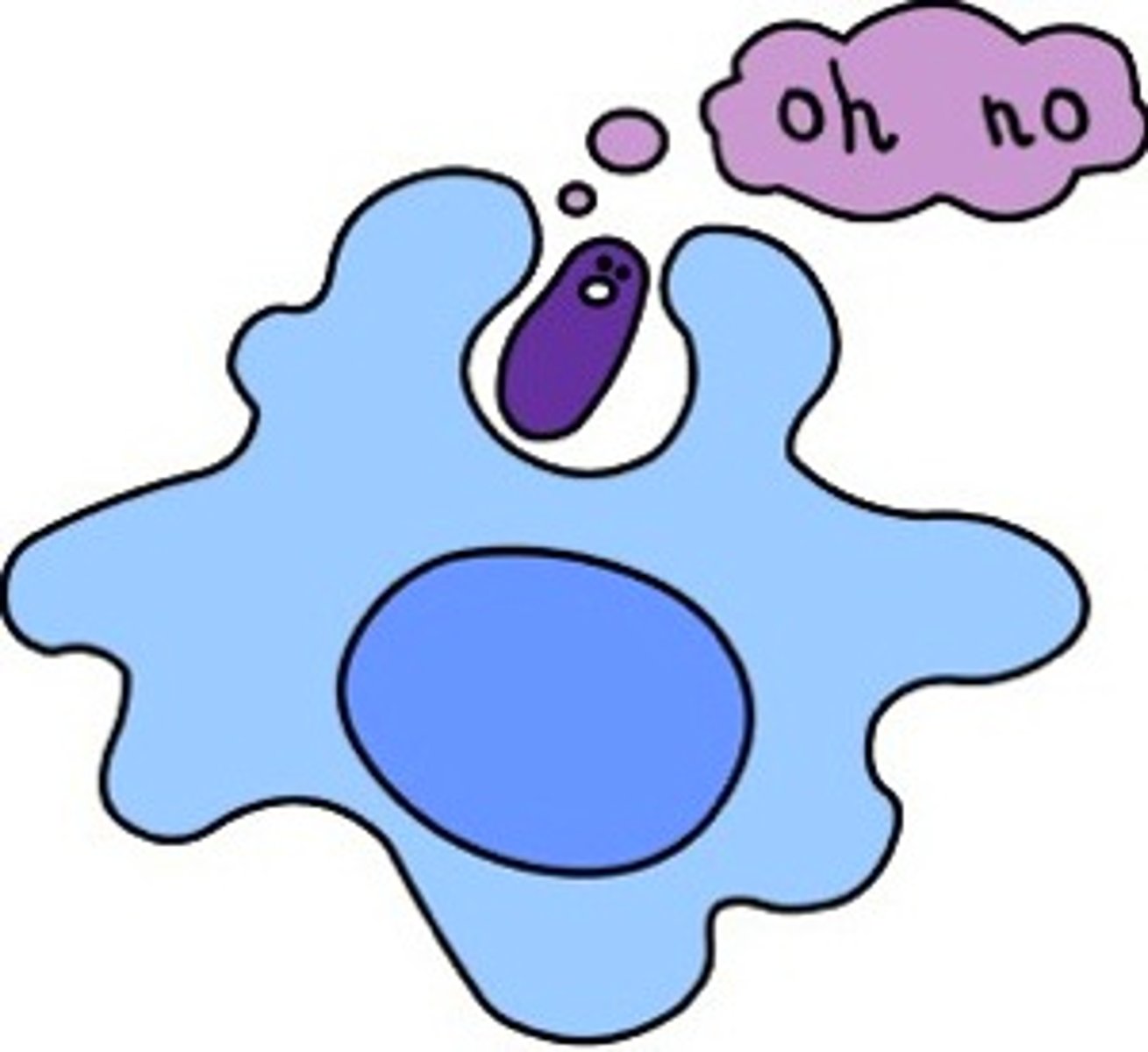
phagocyte
a cell that ingests and destroys(digests) foreign matter or microoraganisms.
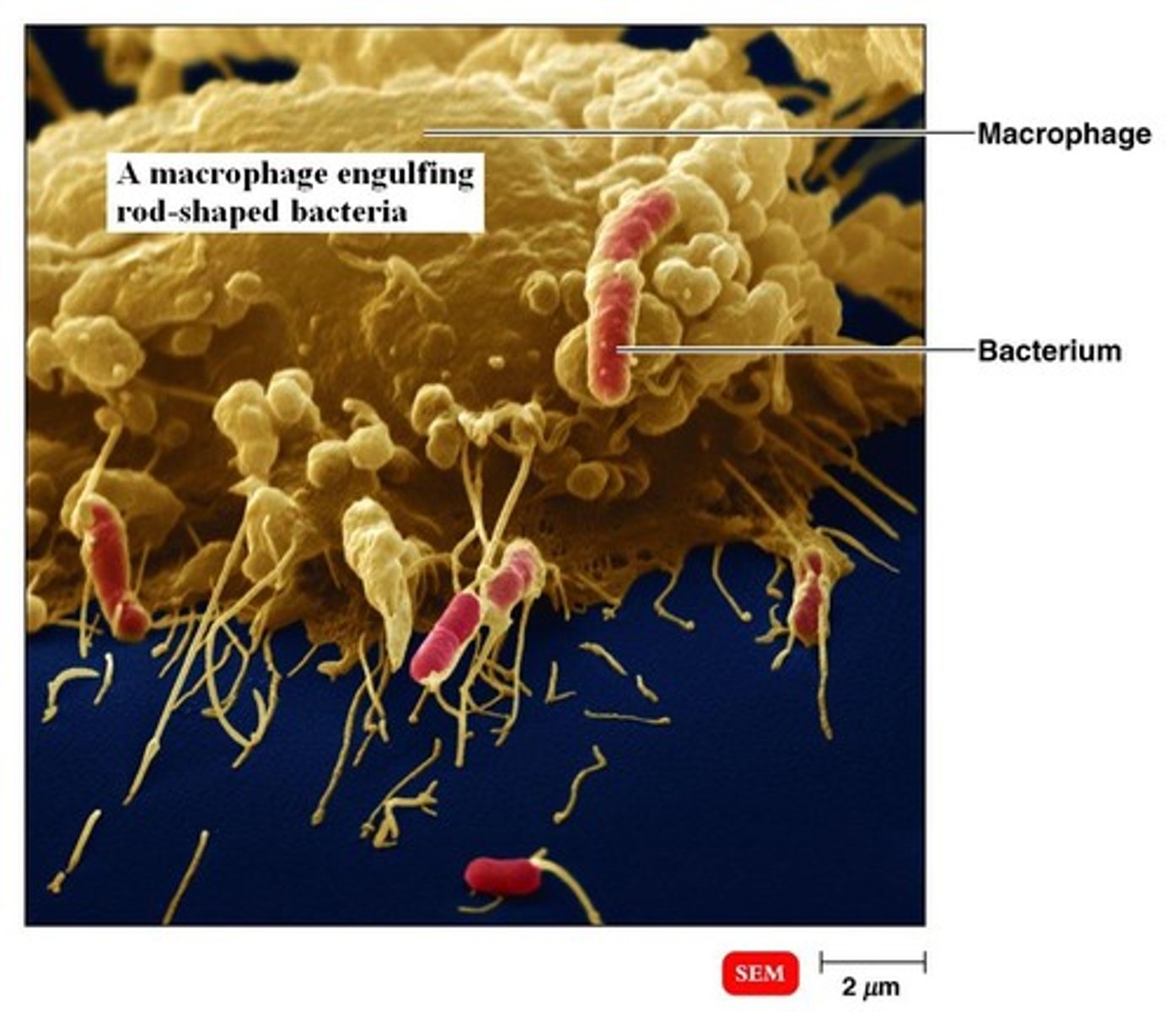
exocytosis
the process by which a substance is released from the cell through a vesicle that transports the substance to the cell surface and then fuses with the membrane to let the substance out.
